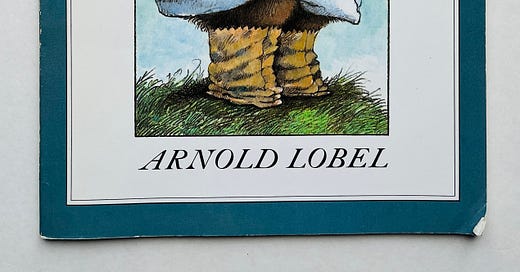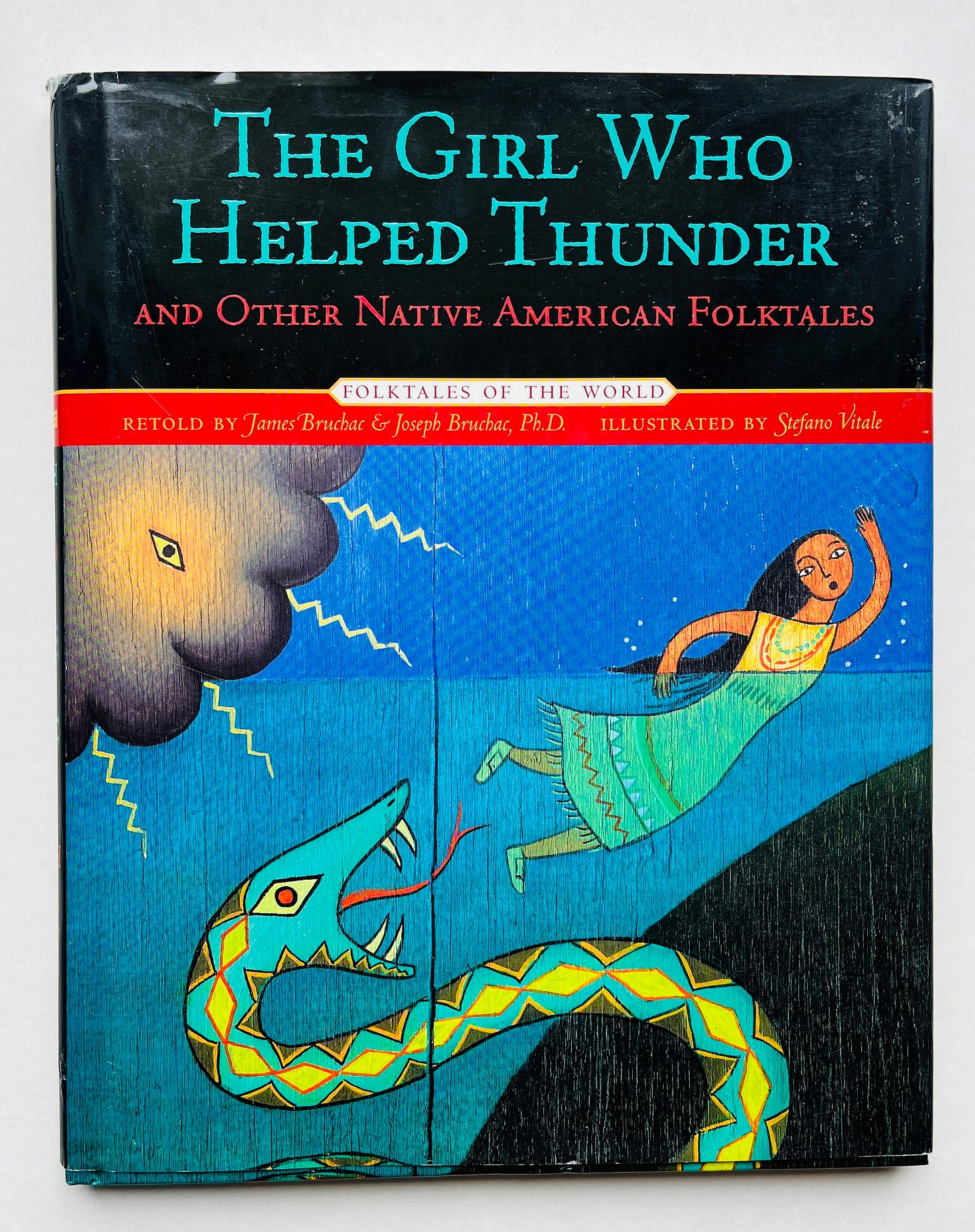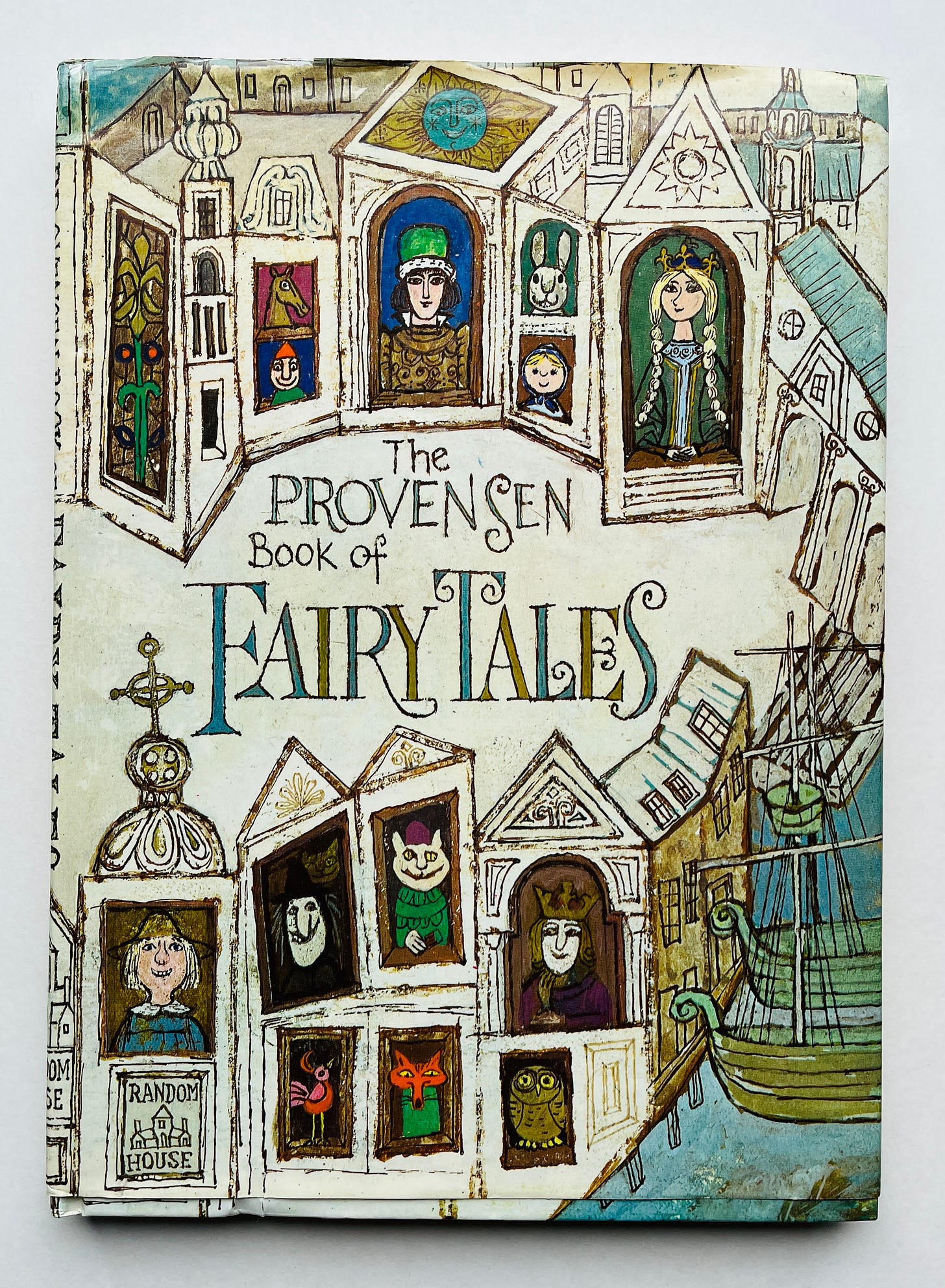Hi there! Thanks for being here today. I am on a work trip, probably right this very minute addressing a room full of people while trying not to sweat too much or fall down in my heels. It’s a great time to be alive!
Let’s talk about next week for a minute
Before we get to it, I want to let you know that next week, I’ll be publishing another Spotlight On issue — these are special, one-time editions wherein I focus on a specific topic one time and one time only, never to be repeated.
I create these a couple of times a year (well, I did six of them in 2021, so more than “a couple of times a year”) based on themes that might be helpful to you — Loss, Death, and Grief; Back to School; Math — or ones I really want to write about — Counting Books; Makers and Making; Witches.
(Don’t analyze my use of em dashes too closely, okay? I love them and am only getting looser with them and have no plans to change.)
👩🌾 Next week, I’ll publish a Spotlight On: Gardening issue for paid subscribers only. I’ll be covering seven excellent books that focus specifically on the topic of gardening. If you — and your kiddos — like getting your hands in the dirt and coaxing something through the entire magical process from seed to plant, this issue is for you.
(If the annual or monthly price is a strain on your budget, reply to this email and let me know — I’ll hook you up with a complimentary subscription, no questions asked.)
Onwards!
Fables by Arnold Lobel (1980)
Fables might not be your thing, but before you write off these, consider their source: I cannot think of a better person than Arnold Lobel to modernize and update the entire concept of a fable, creating perfect mini-stories — complete with a moral, as fables are meant to have — that will entertain, and even delight, elementary- and perhaps middle school-aged readers.
Each short fable recounts a teaching story about an animal or several (Two Ducks and a Fox, The Frog at the Rainbow’s End, to name two) and lasts a page — the perfect length for didactic stories, in my opinion. (Who wants to hear more than a page about what kind of person they should be or how they should be living, if only they were a good crocodile? Not this crocodile). Coupled with Lobel’s warm, often funny, carefully detailed pen and ink illustrations, this title offers delectable, bite-sized entertainment with a purpose — excellent for reading aloud at mealtimes, or bringing along to waiting rooms, or tucking into a book box in the car to be plucked out when passengers are bored.
We can all learn from fables; we can all use the life lessons they contain — but if Aesop taught us anything with his tales from thousands of years ago, it’s that some wisdom is best imparted through stories, and this remains as true today as ever. Lobel’s particular insight comes in a package most palatable, and his truths are evergreen.
The Girl Who Helped Thunder and Other Native American Folktales retold by James Bruchac and Joseph Bruchac, illustrated by Stefano Vitale (2008)
It’s rare to come across a collection of Native folktales as culturally and geographically diverse as this one — as I write these words and try to think of another one, I can’t come up with anything — so I especially appreciate this collection from father/son team, James Bruchac and Joseph Bruchac, both experienced storytellers and increasingly prolific authors of Abenaki descent.
Vitale’s acrylic-on-wood illustrations, reminiscent of folk art, accompany a broad and deep span of stories that range in topic from “How the Rabbit Got Wisdom” (Creek) to “Why Owl Lives Away From People” (Wiyot) to “Why Moon Has One Eye” (Isleta Pueblo), from Native nations in the Northeast, Southeast, Great Plains, Southwest, California, Northwest, and the Far North. Sections are divided geographically, with a short introductory page before each one that catalogs, in an entirely accessible way, the major cultural groups and nations within.
What I like best about this unique title is what I like best about both James’ and Joseph’s work, singularly or alone — their stories are always well-written and superbly entertaining. This would make an outstanding addition to any home or classroom library where kiddos are either good listeners, good readers, or both — this is, essentially, for everyone. Some stories might please children as young as preschool; many more will appeal to children up through middle school. Regardless of age, these folktales appeal to anyone interested in the topics that possess us all: life, death, love, power, heroism, intelligence, generosity, jealousy, kindness, community. These are stories for the world, about the world.
The Provensen Book of Fairy Tales, compiled and illustrated by Alice and Martin Provensen (1971)
In addition to being the most remarkable team of illustrators of the last 100 years (probably longer), Alice and Martin Provensen are master storytellers, and their prodigious talent is on full display in this cult-classic title.
You’re likely familiar with some of the authors in this collection — Hans Christian Anderson, Arthur Rackham, Oscar Wilde — but the Provensens have added their own flair to those originals, offering their own (expert) literary interpretations, and doing so again by including lesser-known stories by Howard Pyle, Ruth Manning-Sanders, A.A. Milne, and Elinor Mordaunt (“The Prince and the Goose Girl” is a wonderful feminist revision).
Any child — from the smallest to the largest (including the big people doing the reading aloud) — will benefit from these timeless tales. (For more on the profound importance of these old stories, see my Spotlight On: Folk and Fairy Tales.) You could stop there — I really mean that; these are meant to be listened to — but why would you, when the Provensens’ watercolors are so amusing?
There are many excellent fairy tale collections in the world, many of which we own and enjoy, but few so perfect as this one.
“Folk tales are so transformed by many tellings that no one knows for sure where they began, or how, or why. Certain it is that men and women in every time and every place have tired to impart what is most powerful or complicated or downright funny about the human condition by making up stories to explain the inexplicable.”
From the forward of The Provensen Book of Fairy Tales, by Joan Bodger
The Sorceror’s Apprentice by Nancy Willard, illustrated by Leo and Diane Dillon (1993)
When I first got this book, I thought the most enchanting part would be Leo and Diane Dillon’s illustrations — they are usually fantastic, and the watercolor and gold-leaf ones here nearly gleam off the page. But it turns out Willard’s lyrical remix of this old tale, first told by Goethe about an apprentice who lets things get out of hand (I reviewed Gerda Muller’s version of the original story in issue No. 63), shines even brighter.
I am a sucker, it must be said, for any stories about strong girls or female characters — I was one myself, once upon a time, and am a mother of daughters — but Willard’s choice to remake this story into something new, featuring a young seamstress named Sylvia who undertakes the task of sewing clothing for the sorcerer Tottibo’s many bizarre creatures (and ends up stealing his powerful potion in hopes that it will help her complete this formidable task), charms me to no end. Willard’s poetry is beautiful, for one thing — its rhyme structure is complicated and not uniform (I’ve found no formal name for it), so it can take a minute or two to get used to the rhythm of reading it aloud, but once it clicks, you (and your listeners) are off on a bewitching journey that gains speed (and mayhem) as it moves along until its pleasing end.
Very young readers might lose the thread on this one, so reserve it for your 6-10yos. More’s the better if they know the story in its original form, but no worries if they don’t — the wild magic of this one is captivating all on its own.
Introducing fables, folk, and fairy tales to the children in your life is important, to be sure — but nothing surpasses the effort you’re making just by sitting down with them and reading, no matter what it is. You’re doing an amazing job, one day at a time. Keep going, keep going, keep going.
Sarah








Love this! I'm a sucker for fantasy and fairy tales, and I own many children's books--for the illustrations as much as the stories.
I knew Nancy Willard casually from writers' events in and near Detroit back in the day, and two of my favorite books are hers: Childhood of the Magician and Angel in The Parlor. I'm going to look for her book above. (She's a lovely person; just exactly as you would expect.)
I do love em dashes, and any other bit of punctuation that creates a stop or a start or an exclamation. It makes a piece 'talk'. So there!
I am going to look for the Provensen book at the library. Love the cover.